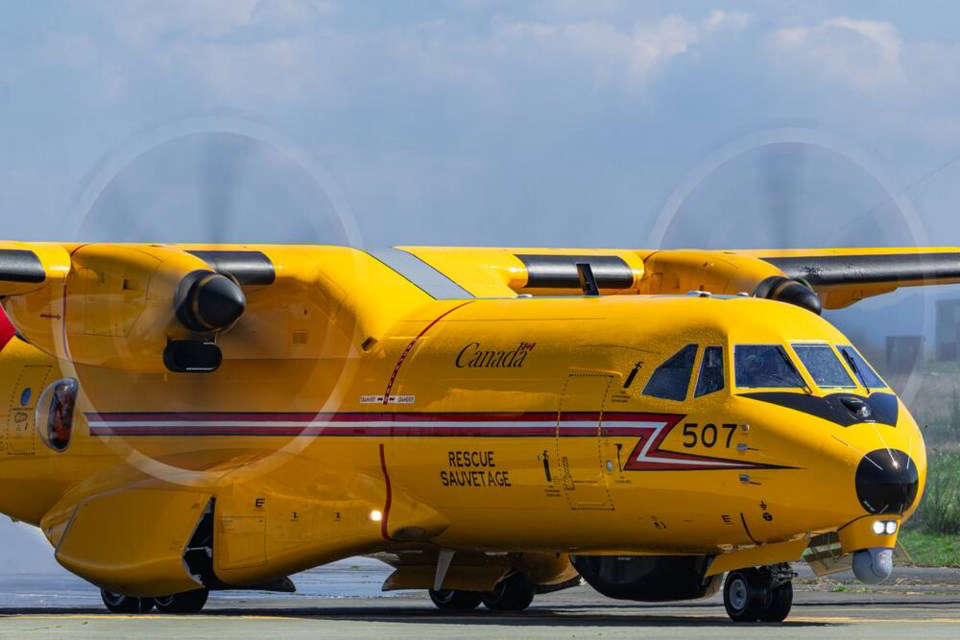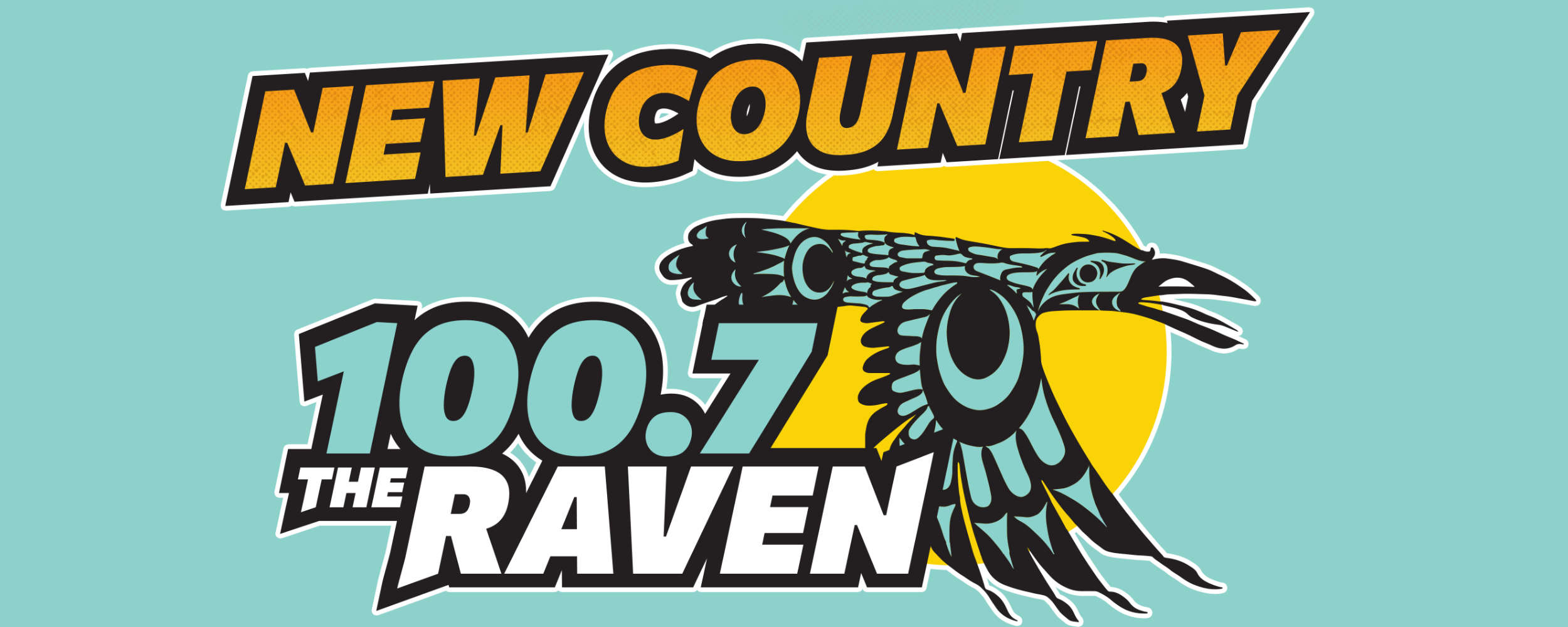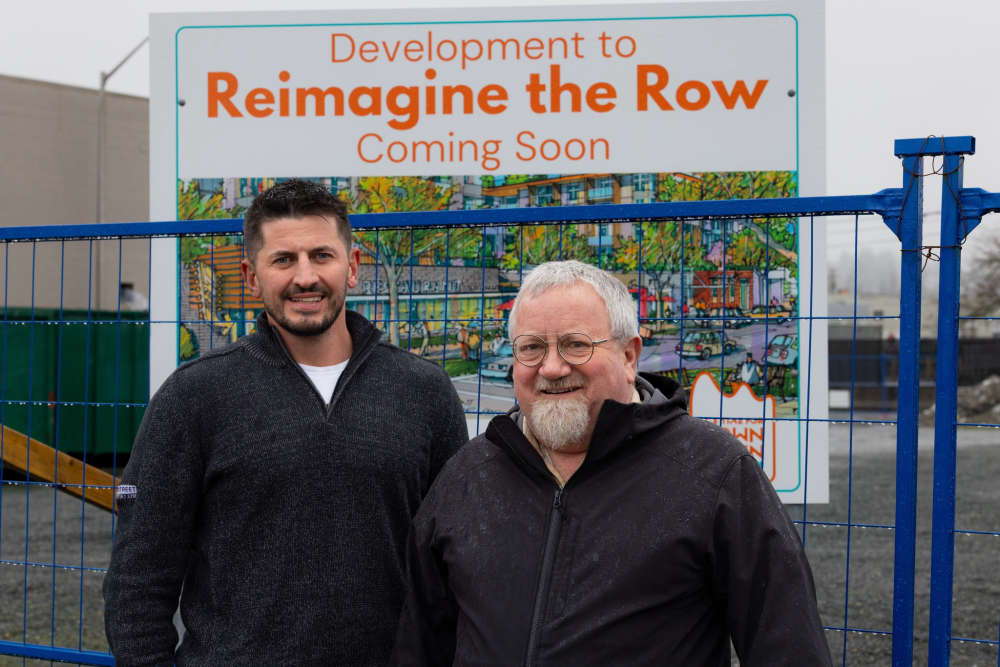
The Royal Canadian Air Force’s newest Fixed-Wing Search and Rescue aircraft has entered operational service at 19 Wing Comox.
The CC-295 Kingfisher has assumed Search and Rescue duties.
The RCAF calls it a key milestone toward achieving full operational capability and is highlighted by the commitment and diligence of the trainers, technicians, and crew at the forefront of modernizing SAR in Canada.
As of yesterday, a fully crewed CC-295 Kingfisher is now available 24/7, 365 days a year throughout Canada’s western territories and waters to support SAR activities.
The new aircraft platform represents what the RCAF calls a generational advancement in Canadian SAR.
It brings modern avionics, mission systems, and state-of-the-art sensors that ensure that the air force can continue to provide SAR services for years to come.
Training and transitioning of aircrew and technicians will continue as the fleet expands to other locations in Trenton, Greenwood, and Winnipeg in the coming years.
Lieutenant-General Steve Boivin, Commander Canadian Joint Operations Command, says having the Kingfisher ready for callouts at 19 Wing is a milestone that marks the beginning of a new era for SAR operations in Canada, significantly enhancing their ability to respond to Canadians in need and save lives.
This first Kingfisher, tail number 501, was formally accepted by Canada in Spain in December of 2019, and delivered to Comox following additional testing and evaluations the following year.
In January, the RCAF redeployed 19 Wing Comox’s remaining Hercules to Winnipeg in order to more rapidly transition to Kingfisher operational readiness.


 Campbell River Partners With Local Developers On Reimagining The Row
Campbell River Partners With Local Developers On Reimagining The Row
 Public Safety Advisories Along Campbell And Puntledge Rivers
Public Safety Advisories Along Campbell And Puntledge Rivers
 CVRD Announces Agricultural Planning Coordinator And Steps For Implementing Comox Valley Agricultural Plan
CVRD Announces Agricultural Planning Coordinator And Steps For Implementing Comox Valley Agricultural Plan
 Campbell River Winter/Spring Recreation Registration Begins Today
Campbell River Winter/Spring Recreation Registration Begins Today
 Residents Urged To Stay Alert As Heavy Rain Continues On Vancouver Island
Residents Urged To Stay Alert As Heavy Rain Continues On Vancouver Island
